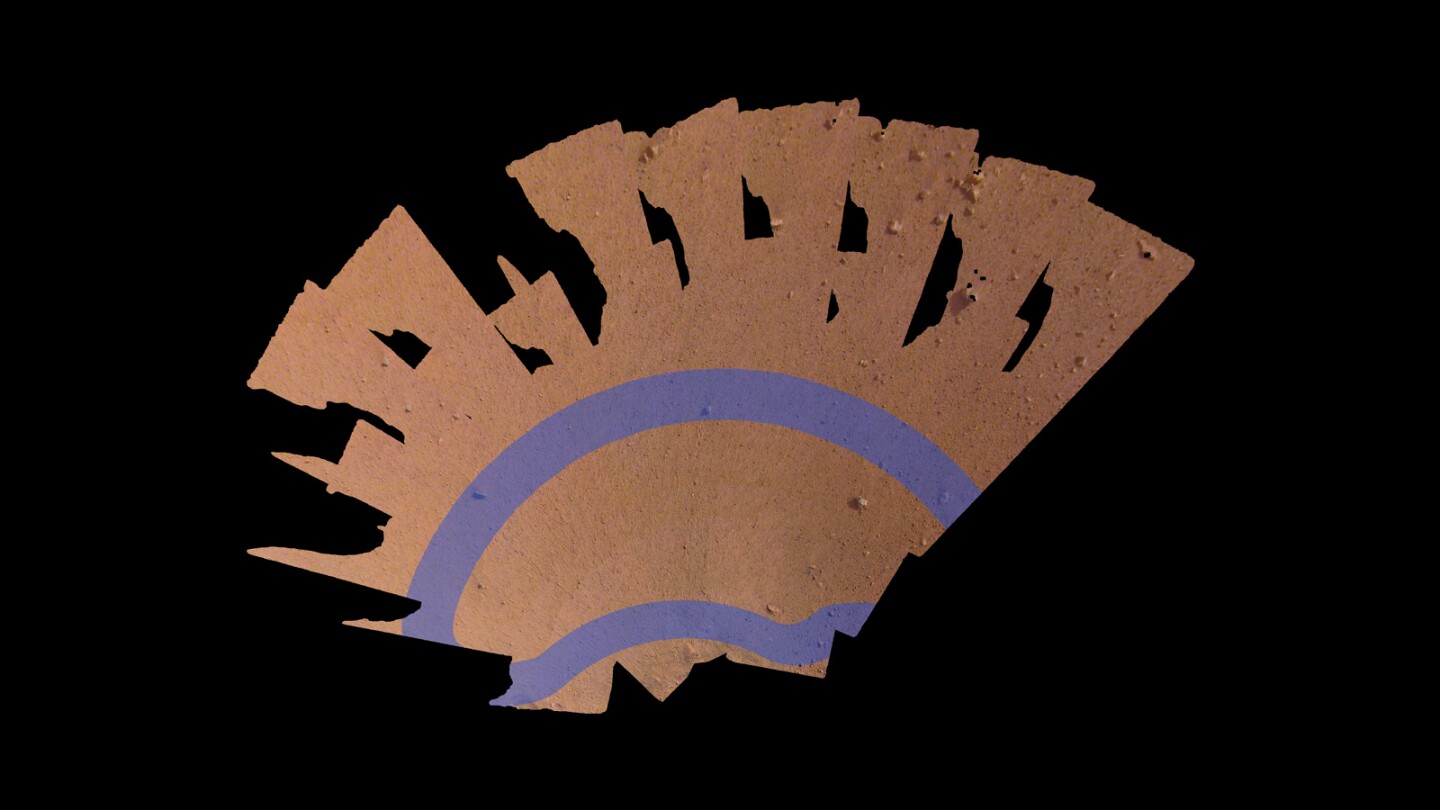NASA's InSight Mars lander sent back a partial shot of itself not long after touching down on the Red Planet, but now it has captured the first selfie that shows the entire lander in all its glory. Using the same technique that the Curiosity rover employed for its self portraits, InSight used its robotic arm to collect 11 overlapping images that the space agency turned into a mosaic.
While the image released by NASA might make a nice screen wallpaper, there's a serious purpose behind the selfie. Mission control at the Jet Propulsion Laboratory (JPL) in Pasadena, California is making sure that the lander survived intact from its November 26 arrival on the Red Planet. These high resolution images of the spacecraft's top deck, instrument packages, and solar panels will allow engineers to make a detailed examination of InSight's health.
In addition to the selfie, InSight returned a second mosaic made of 52 images of the "workspace" in front of the lander. This 14 x 7-ft (4 x 2-m) crescent is the area where InSight will deploy its Seismic Experiment for Interior Structure (SEIS) and Heat Flow and Physical Properties Package (HP3) instrument packages in the coming months. According to NASA, the images will allow mission scientists to spend weeks looking for just the right spots that are level and free of any rocks larger than about 0.5 in (1.3 cm).

The Elysium Planitia region was chosen for InSight because its mission to study the interior structure and dynamics of Mars means that it doesn't matter where it is, so NASA placed a priority on finding an area near the equator that is flat and relatively free of rocks for a safe landing and easy instrument deployment. The space agency says that it was particularly lucky to land in an ancient meteor crater that has filled with sand. Not only is this free of rocks, but it will be much easier for InSight's heat-flow probe to drill down the necessary 16 ft (5 m).
"The near-absence of rocks, hills and holes means it'll be extremely safe for our instruments," says InSight's Principal Investigator Bruce Banerdt of JPL. "This might seem like a pretty plain piece of ground if it weren't on Mars, but we're glad to see that."
Source: NASA






